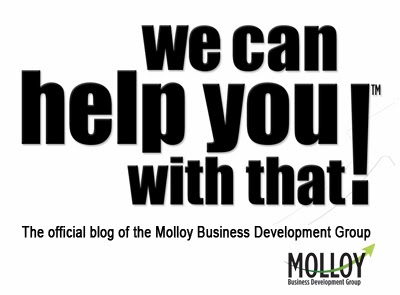Breakdown:
While bullying has always been a traumatizing event for both children and adults who experience it, interactions used to be limited to those of a physical nature in public or private spaces such as the school yard, office, or in the home. The onset of cyber bullying however has completely changed the playing field regarding how bullies interact with their victims as well as how frequently they can torment them. More importantly, while the use of a computer or cell phone means that no physical altercation can occur between bully and victim, the verbal onslaught that is catapulted behind the veil of a digital screen is no less damaging.
More than 40% of children have experienced some form of cyber bullying with roughly 25% having experienced it multiple times. While nearly two thirds of victims say that the bullying started offline, in nearly every case, the harassment not only progressed to online methods, but they became the focal point of the bullying afterward. The most common medium today for cyber bullying is the cell phone, something roughly 80% of teens carry with them. The bullies favor this method as well because they feel it is easier to get away with the harassment versus tormenting their victims in person.
Sadly, only 10% of children who have been cyber bullied will ever inform a parent, teacher, or other adult who can help. For adults, cyber bullying is escalated to “cyber harassment” and only 30% of victims report incidents after they occur. Those who have been tormented experience low self esteem, become afraid, lose their focus, and are up to nine times more likely to commit suicide. The only resource more precious than our own sanctity is our children’s; and both are threatened by cyber bullying.
Opportunity!
Adults don’t know a lot about communication and children know less. Oh, they know how to send text message and photos to humiliate others but I’m certain they don’t know what’s really going on.
Here’s what’s happening when we communicate;
First of all, communication includes, speaking, writing, texting, video, listening, generating energy, leaving voice mails, self talk etc.
When you deliver a communication to another, they receive that communication through their senses and it literally changes them. Did you get that? If I communicate something to you, you receive it, hear it, read it and in the process, the cells in your body are changed forever. You are not the same person you were before I sent you my communication. Wow… I’ll bet you never thought about it like that.
Additionally, when you communicate you are generating a new future. That is, you are opening new possibilities or closing possibilities… always. Communication is generative in nature… always. Wow… I’ll bet you never thought about that either.
What’s the cost? What’s the real impact on others?
When you yell at your children for instance by declaring, “You’re stupid! Why do you have to act so stupid?” You are declaring a new future for your child, one that has them being stupid. One that has them not trying new things because they can’t learn! One that has them stop trying in school and in life! One that has them less likely to be close to you. You are driving them away from you. And you are literally changing them physically when you declare things like that.
Trained adults can hear ‘assessments like that’ and recontextualize them, taking into consideration the source of the statement and move on about their business. Trained adults can receive a negative communication and let it roll of their back. This takes years of practice and is tough for a trained adult and is nearly impossible to expect that a child has this skill.
A child who is overwhelmed by a bullying attack, is being changed and damaged.
Schools teach us about nouns and pronouns and adjectives so that we can all communicate, but we are not taught about what’s really going on.
Adults and children need to be immersed in study about the ‘true nature of human communication’ because that’s all we do. We communicate with ourselves and with other people and the majority of people on the planet do not have a ‘clue’ about what’s really happening.
If you would like to start a Language Of Commitment program in your community or company, please contact us, “We Can Help You With That!”





